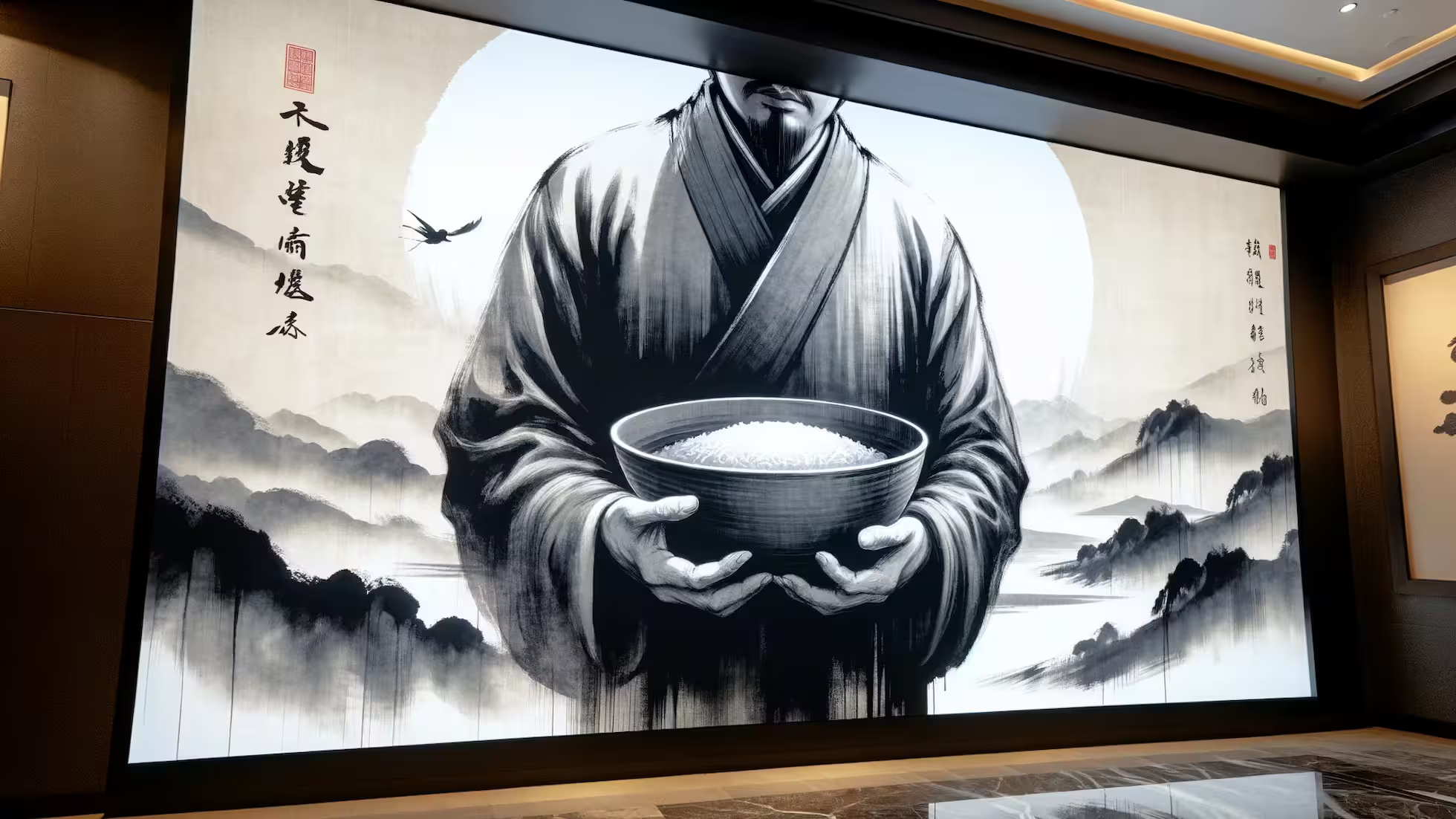Food Security Strategy

1. Development of the Food Security Strategy
China’s food security strategy has consistently adhered to the principles of “enhancing capacity, promoting balance, and ensuring safety.”
(1) Changes in the Objectives and Scope of Food Security Strategy
From the perspective of objectives, the focus has shifted from solely “quantity” to balancing “quantity, efficiency, and quality.” In terms of scope, the strategy has moved from “overall production increase” to “basic self-sufficiency in grains and absolute security in staple foods.”
(2) Changes in the Implementation Methods and Pathways of the Food Security Strategy
Regarding implementation methods, there has been a shift from predominantly planned measures to market-oriented approaches. As for implementation pathways, the focus has transitioned from relying mainly on the domestic market to effectively utilizing both domestic and international markets and resources. This process has gone through stages of net export, alternating net export and net import, and finally net import.
(3) Changes in the Main Actors of Food Security
Between 1959 and 1978, agricultural production was dominated by the People’s Commune, severely limiting individual farmers’ autonomy.
From 1979 to 1992, the household under collective ownership became the main production unit, greatly enhancing farmers’ autonomy in agricultural production.
Since the 21st century, amid large-scale rural labor migration, the healthy development of diversified new agricultural entities has effectively integrated fragmented agricultural resources, significantly promoting large-scale food production, and becoming an indispensable force in ensuring national food security.
2. Key Points of the Food Security Strategy
(1) Adhering to a Domestic-Oriented Food Security Policy
- Strategic Considerations: A country must rely on basic self-sufficiency in food to maintain control over food security, which is crucial for overall economic and social stability.
- Trade Considerations: Since the beginning of the 21st century, global annual food trade has ranged from 250 million to 300 million tons, less than half of China’s food consumption, with rice trade accounting for less than one-quarter of China’s consumption.
- Diplomatic Considerations: China’s large-scale food imports would significantly raise international food prices, affecting relations with food-deficient and developing countries.
- Domestic Considerations: China still has 194 million people employed in agriculture, and excessive food imports would impact domestic food production and employment. China’s per-unit yields of wheat, grains, and corn are 60%, 71%, and 67% of the average yields in the top 10 countries, indicating potential for further yield increases.
(2) Persistently Enhancing Comprehensive Grain Production Capacity
This is mainly achieved through three approaches:
- Storing Grain in the Land: Protecting the 1.8 billion mu of arable land, delineating permanent basic farmland, and strengthening the construction of high-standard farmland to ensure drought and flood resilience.
- Storing Grain in Technology: China’s increase in total grain production mainly relies on improving per-unit yields through good seeds, good practices, and technological advancement. This approach continues to emphasize technological innovation and sustainable development in agriculture.
- Optimizing Regional Layout: Different agricultural products have different comparative advantages in various regions. Optimizing the layout of agricultural productivity is an important way to reduce production costs and improve efficiency.
(3) Protecting and Encouraging Grain Production Enthusiasm
- Reducing Costs: The elimination of agricultural taxes has fundamentally alleviated farmers’ burdens. By implementing efficient water-saving and high-standard farmland construction projects, increasing investment in farmland water conservancy infrastructure, and continuously improving production conditions, the ability to withstand natural disasters has been strengthened. Adjusting and improving the grain price formation mechanism and agricultural support and protection policies have promoted moderate-scale operations, reducing farmers’ grain production costs.
- Focusing on Procurement: Implementing a series of policy measures to ensure grain procurement, guiding enterprises to actively enter the market, and preventing difficulties in selling grain. Establishing specialized post-harvest grain service systems provides cleaning, drying, storage, processing, and sales services to grain farmers. In some areas, mobile grain sales applications have been developed to help farmers sell grain online, meeting their sales needs.
- Increasing Income: By developing the grain industry and achieving higher prices for high-quality grain, the income of grain farmers has increased. The development of the grain industry economy has been vigorously promoted, fostering the integration of primary, secondary, and tertiary industries, allowing grain farmers to share in the benefits of processing and conversion.
(4) Ensuring Smooth Grain Circulation Markets
- On Reserves: Since the reform and opening-up, with the deepening of the grain purchase and sale system reforms, China has continuously improved its grain reserve system. A national grain reserve system has been gradually established, with complementary functions between government and enterprise reserves, clear responsibilities between central and local reserves, separation of policy and commercial activities, and a relatively reasonable reserve scale and structure.
- On Market Circulation: China’s grain circulation has evolved from centralized purchasing and distribution to multi-channel circulation and further to the marketization of grain purchase and sale.
- On Market System Construction: China has established a comprehensive market system, ranging from spot markets to futures markets, from wholesale markets to online trading, with diverse market types and trading methods, and a well-connected grain logistics system. The level of equipment and technology for grain circulation, storage, and processing has been continuously improved.
(5) Making Full Use of Two Markets and Two Resources
- Controlling Imports: After joining the WTO, China significantly reduced import tariffs, implemented quota management for grain imports, with low tariffs for imports within quotas and high tariffs for imports outside quotas; a single tariff management system is applied for soybeans, with an import rate of 3%.
- Proactively and Prudently Promoting Agricultural “Going Global”: Since the implementation of the Belt and Road Initiative, agricultural “going global” has significantly accelerated.
Published at: Mar 12, 2024 · Modified at: Dec 2, 2025


